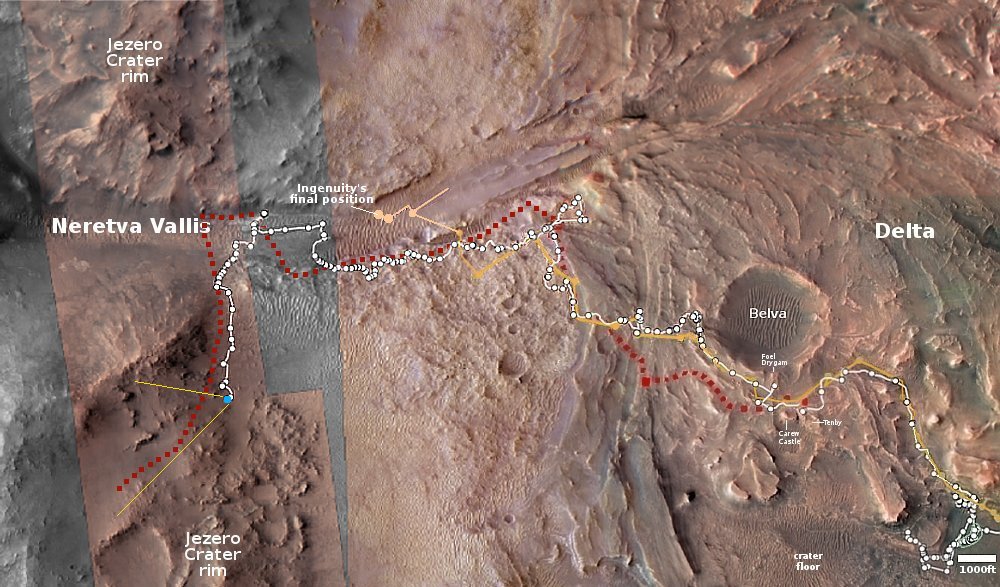Scientists detect jets of carbon dioxide and carbon monoxide from asteroid
Using the spectroscopy from the Webb Space Telescope, scientists have now detected jets of carbon dioxide and carbon monoxide spewing from the very active asteroid 29P/Schwassmann-Wachmann-1 (29P).
Based on the data gathered by Webb, the team created a 3D model of the jets to understand their orientation and origin. They found through their modeling efforts that the jets were emitted from different regions on the centaur’s nucleus, even though the nucleus itself cannot be resolved by Webb. The jets’ angles suggest the possibility that the nucleus may be an aggregate of distinct objects with different compositions; however, other scenarios can’t yet be excluded.
The graphic to the right illustrates the modeling of these jets. That the center of this two-lobed asteroid could have been created from distinct objects suggests a very complex formation process, since those objects would have had to have formed themselves in different locations in the solar system and then somehow come together.
Using the spectroscopy from the Webb Space Telescope, scientists have now detected jets of carbon dioxide and carbon monoxide spewing from the very active asteroid 29P/Schwassmann-Wachmann-1 (29P).
Based on the data gathered by Webb, the team created a 3D model of the jets to understand their orientation and origin. They found through their modeling efforts that the jets were emitted from different regions on the centaur’s nucleus, even though the nucleus itself cannot be resolved by Webb. The jets’ angles suggest the possibility that the nucleus may be an aggregate of distinct objects with different compositions; however, other scenarios can’t yet be excluded.
The graphic to the right illustrates the modeling of these jets. That the center of this two-lobed asteroid could have been created from distinct objects suggests a very complex formation process, since those objects would have had to have formed themselves in different locations in the solar system and then somehow come together.












